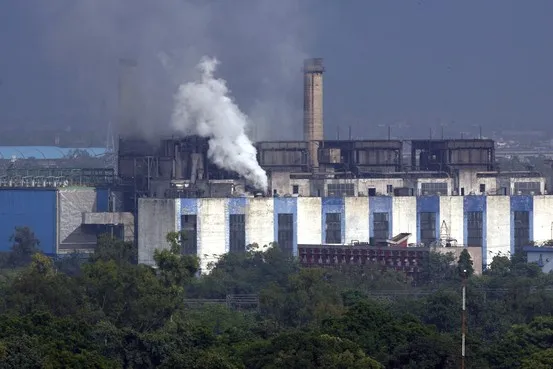
India to halve power deficit next year
India plans to add 18,600 MW capacity in 2011/12 from the 20,359 MW it has in the current year.
The country aims to halve its peak power deficit within two years. But environmental clearances for power plants could significantly impact future capacity addition, the head of the Central Electricity Authority said on Monday.
Gurdial Singh told Reuters the deficit could fall to 6.5 per cent in the fiscal year ending March 2012 from the current 13.8 per cent, in what would be a major boost to fuelling energy-hungry India's return to high economic growth.
He also said India's coal imports for power generation would shoot up by 85 per cent to 85 million tonnes in 2011-12.
India's power shortages, clogged and potholed roads and creaking railway network are seen as a significant brake on growth in Asia's third-largest economy, which aims to invest US$ 1.5 trillion from 2007-17 to overhaul its infrastructure.
The government has scaled down its power generation target for the current five-year-plan, which ends in March 2012, to 62,000 MW from an initial estimate of 78,700 MW.
"In case we commission the entire 62,000 MW, this will be sufficient to bring down the peak power deficit to 6.5%," said Singh, who has spent 38 years at the CEA, a body that monitors the planning and execution of India's power projects.
"The slow development of the coal sector and concerns being raised by the Ministry of Environment, by declaring that large chunks of coal mines as no-go area, this is a very serious matter," he said, echoing concerns voiced by India's influential Planning Commission.
"Capacity addition does not seem to be a big concern because we have given a good push," he said, adding, "the participation of the private sector has substantially increased".
Prime Minister Manmohan Singh's government is pushing to overhaul India's crumbling infrastructure to support double-digit growth rates as in China and lift hundreds of millions of out poverty.
The economy is seen growing at more than 8.5 per cent this fiscal year as it shrugs off the effects of the global financial crisis. But more than half of India's rural population does not have access to electricity, Gurdial Singh said.
The Planning Commission said in July the country would not be able to cross into double-digit growth if it does not speed up power capacity growth.
Land acquisition, environmental clearances for both building power plants and coal mining can delay projects for several years and can be a significant deterrent for private investors.
However, Singh said the private sector would account for around half the capacity addition target in the next five-year plan, which aims to add 100,000 MW, from around one-third now.
"Coal will continue to be mainstay. Fuel availability has not increased at the rate we were expecting. We plan to build power projects on imported coal in the coast area," he said.
Singh said giant power projects with 4,000 MW capacity— the first of their kind to start operations in India –will start generating power within two years.
"Tata Power may commission two to three units at its Mundra plant by March 2012," he said, adding Reliance Power's 4,000 MW Sasan project in central India will be commissioned in 2012-13.
Tata Power's Mundra project will have five units of 800 MW each, while Reliance Power's Sasan project will have 6 units of 660 MW, he said.India allows 100 percent foreign direct investment for building power projects but the response for overseas investors has been lukewarm so far.
The full story is on Reuters.com.

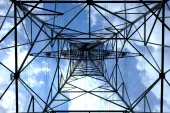

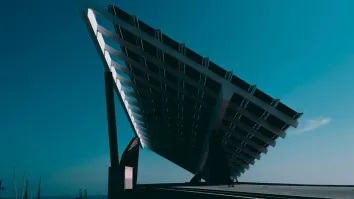
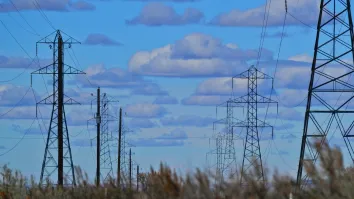
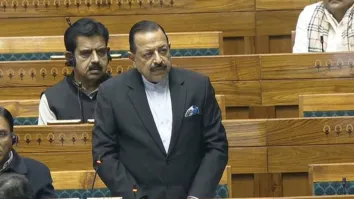




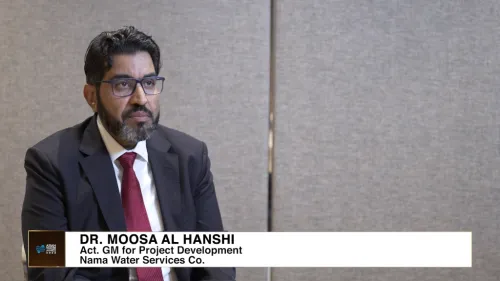
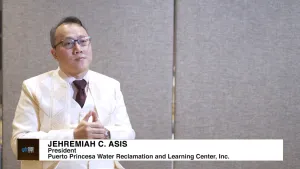
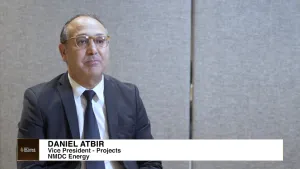


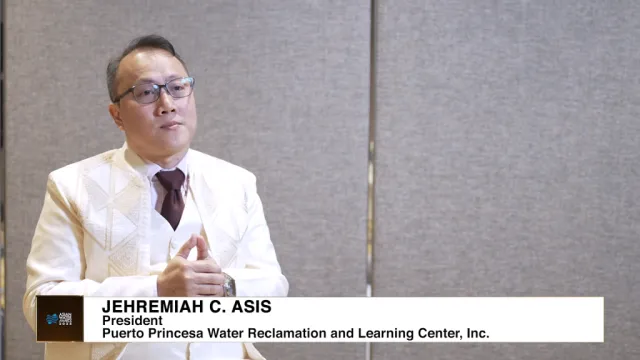
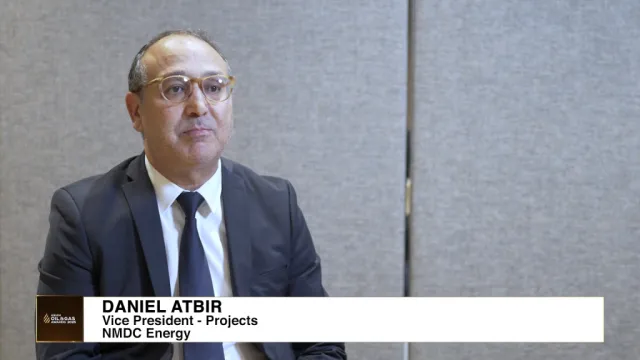


 Advertise
Advertise






